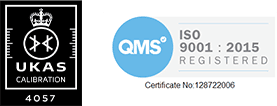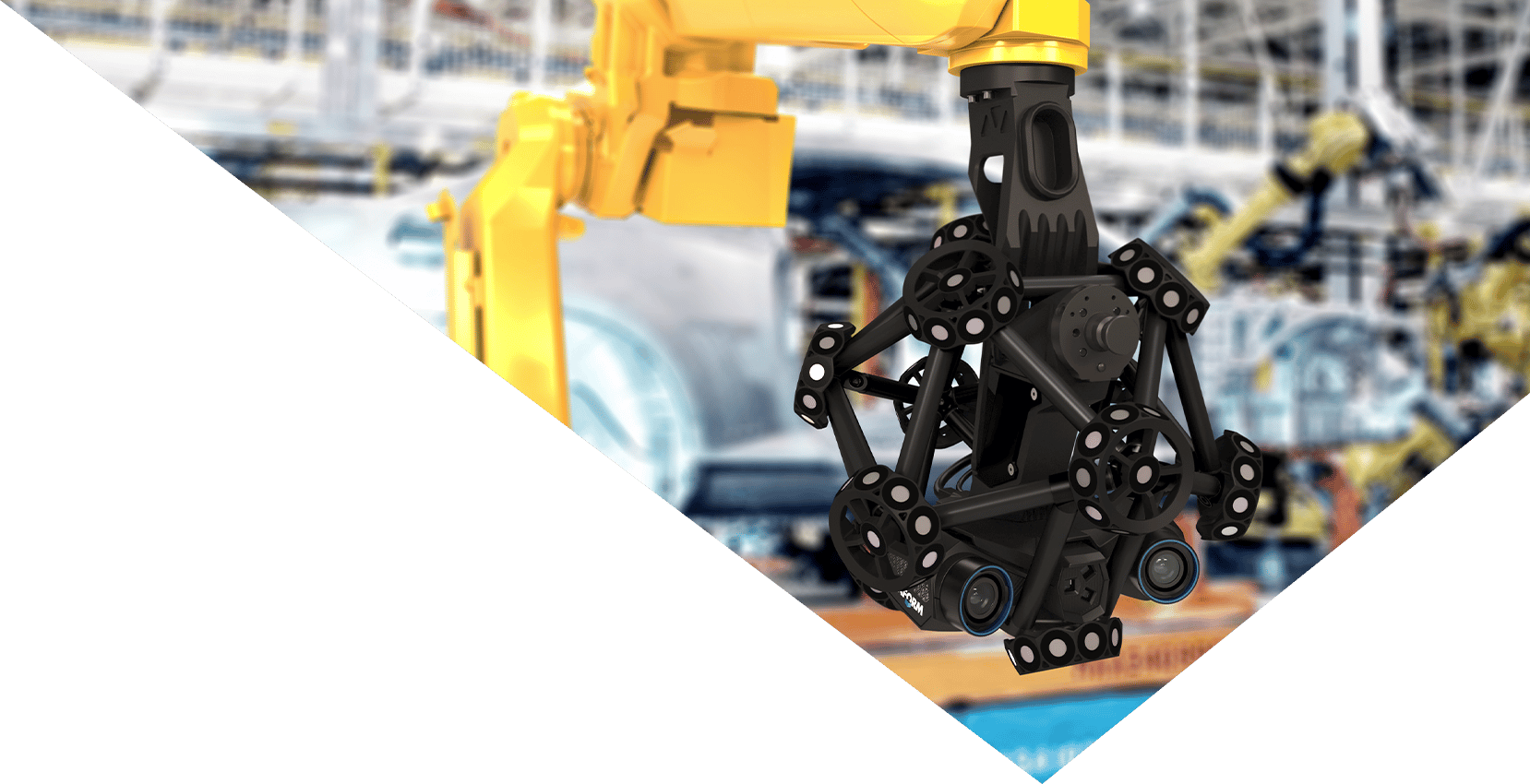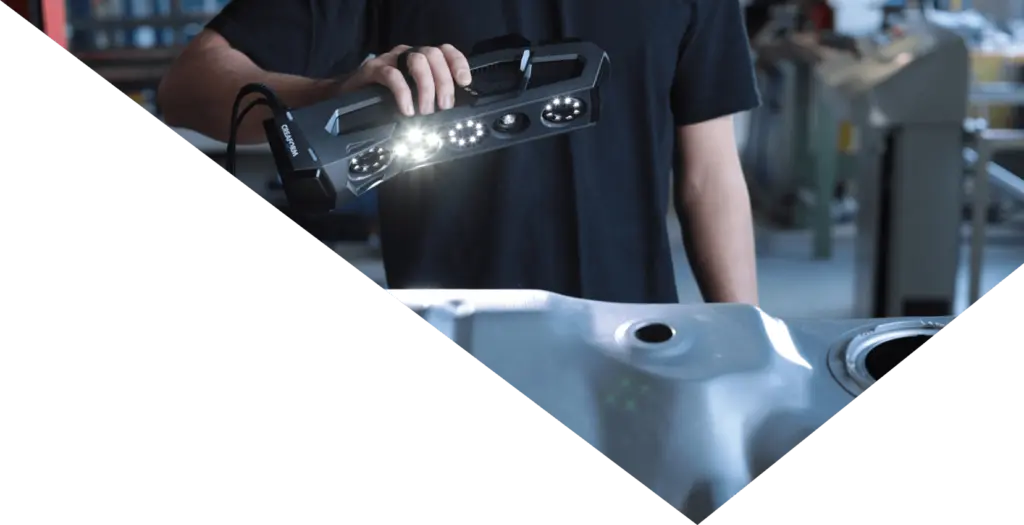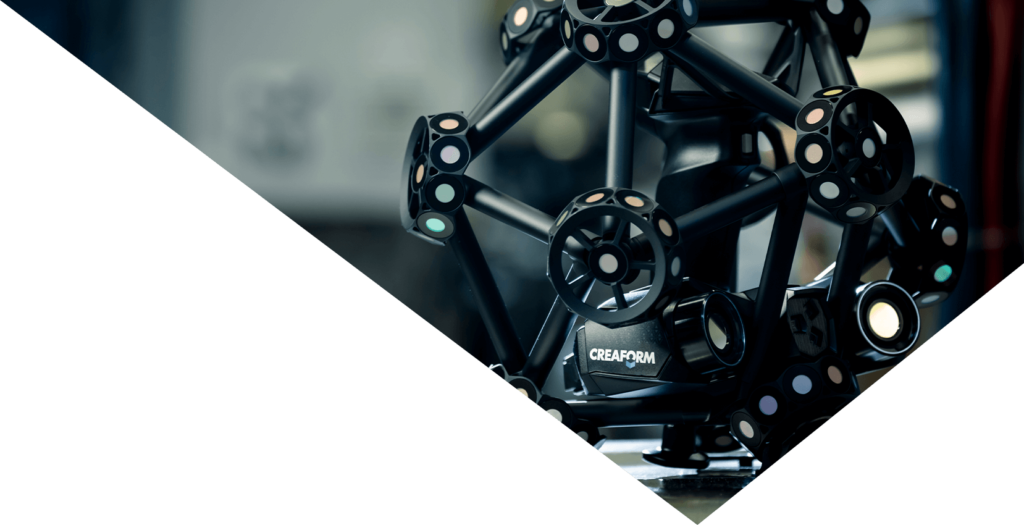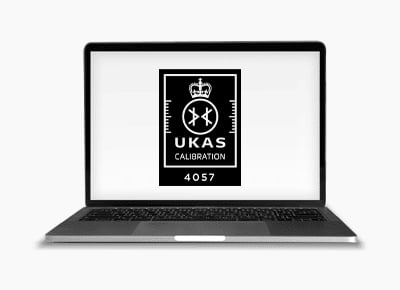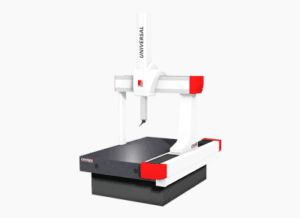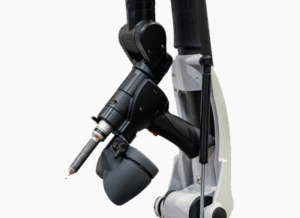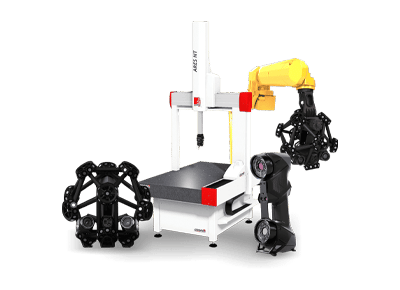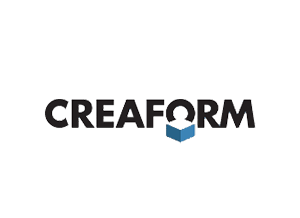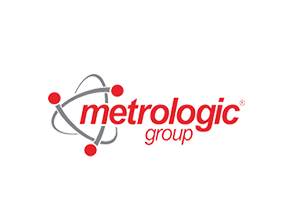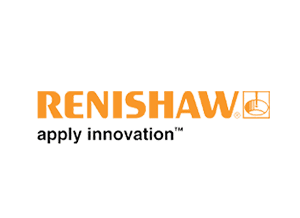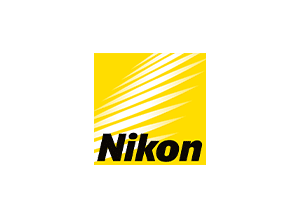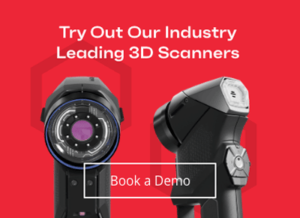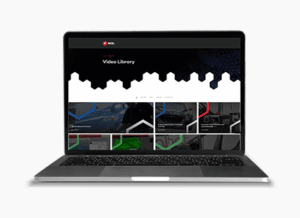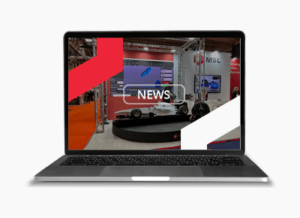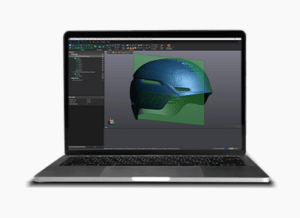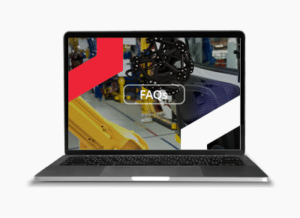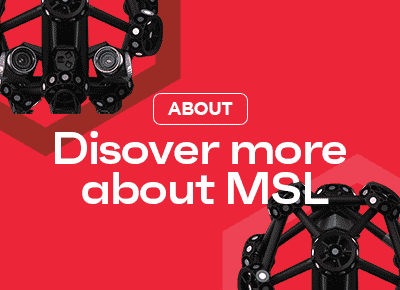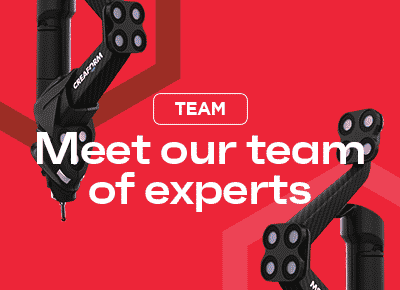3D Scanners frequently asked questions
How does a handheld 3D scanner work?
A handheld 3D scanner works by capturing three-dimensional images of objects or environments and converting them into digital 3D models. The scanner emits laser light that is reflected off the surface of the object being scanned, and the reflected light is captured by the scanner. The captured light is then converted into a 3D digital model.
How accurate are handheld 3D scanners?
The accuracy of handheld 3D scanners depends on the size and complexity of the object being scanned, as well as the quality of the scanner being used. Generally, handheld 3D scanners can achieve accuracy of up to 0.1mm, though some models can achieve even higher levels of accuracy up to 0.012mm like the Creaform HandySCAN 3D Black Elite Limited.
What can 3D scanners be used for?
3D scanners can be used for a variety of applications, including component inspection, industrial design, reverse engineering, medical imaging, and art. They are used to capture three-dimensional images of objects or environments and convert them into digital 3D models. These models can then be imported into a variety of programs like SOLIDWORKS, VXmodel and VXInspect for manipulation, design, and development.
Can I use scan data in my design package e.g. SOLIDWORKS?
Yes, you can use scan data in most design packages, such as SOLIDWORKS. Many 3D scanners come with software that allows you to directly import the scan data into a design package. You can also export the scan data as a 3D file format, such as STL or OBJ, and then import it into the design package. We offer Vx Model for down stream design in Solidworks. Vx Model offer s a direct link interface to import parametric data, nurb surfaces, splines and .stl. When data is sleected for export Vx Model automatically opens SOLIDWORKS to import all features in to the history tree.
Can a 3D scanner manage chrome and other reflective surfaces?
Yes, the latest generation of 3D scanners can easily detect and measure highly reflective surfaces such as chrome, making them perfect for capturing parts that may otherwise require Scanning Spray.
Are 3D scanners worth it?
3D scanners can be a worthwhile investment for businesses, organisations, and individuals looking to streamline their manufacturing processes or release bottle necks in the measurement process. 3D scanners can be used on the shop floor providing fast, accurate and detailed 3D models that can be used for a variety of applications, including reverse engineering, product design, quality control, and prototyping. In addition, the cost of 3D scanners is decreasing, making them more accessible and affordable for most businesses.
Are 3D scanners easy to use?
Yes, our scanners are made by Creaform, one of the world’s leading manufacturers of metrology products. they are designed to be intuitive and easily used by almost anyone. MSL offers full training and demonstrations for new users, but the main features can be accessed in just a few minutes, even by someone new to the process. At MSL we can typically train a new user within two days to become competent in scanning and the chosen disciplines of either inspection or reverse engineering.
Can I 3D scan with my phone?
It is possible to create a 3D object with a smartphone. There are a variety of apps that can be used to capture 3D images of objects and convert them into digital 3D models, but these are rarely suitable for engineering or manufacturing environments. While phone scanners can be used to capture 3D images of objects and environments, the accuracy and quality of the images will not be as good as a dedicated 3D scanner.
How many photos do you need for a 3D scan?
Our scanners don’t work that way. We use the latest laser technology to build up a point cloud model of your object that can be exported and manipulated in almost any professional grade software like SOLIDWORKS. If you are looking or an optical based solution then Creaform’s MaxSHOT 3D™, a photogrammetry optical coordinate system, may be what you’re looking for with accuracy of 0.015mm and measuring parts between 2m and 10m.
Is 3D scanning easy?
Yes, 3D scanning is relatively easy depending on the complexity of the object being scanned. For example, if you are using a handheld scanner, all you need to do is point the scanner at the object and move it around to capture the images. However, if you are using more advanced software and hardware, there may be a more complex process. We can happily support you with training and demonstrations throughout the lifecycle of the product.
What is the best application of a 3D scanner?
The best application of a 3D scanner depends on the individual use case and what you’re looking to accomplish. For example, 3D scanners can be used for industrial design, reverse engineering, medical imaging, and art. They can also be used for 3D printing, virtual reality, and video game development. Ultimately, the best application of a 3D scanner will depend on your needs and will like fall into 1 of 3 categories: Design, Manufacturing or Inspection.
How much does it cost to have an item 3D scanned?
The cost of having an item 3D scanned will depend on the complexity of the object and the type of scanner being used. Generally, the cost of a metrology grade 3D scanner can range from a few hundred pounds as a service through to tens of thousands of pounds as a permanent solution. See our Creaform Partner page to find out which 3D scanner best meets your needs. At MSL we offer on-site (at your facility) or off-site (at MSL) scanning and inspection services. We typically quote at a fixed cost per day plus the additional scanning time per hour.
Stay Connected
For the latest industry information sign up to our newsletter today

